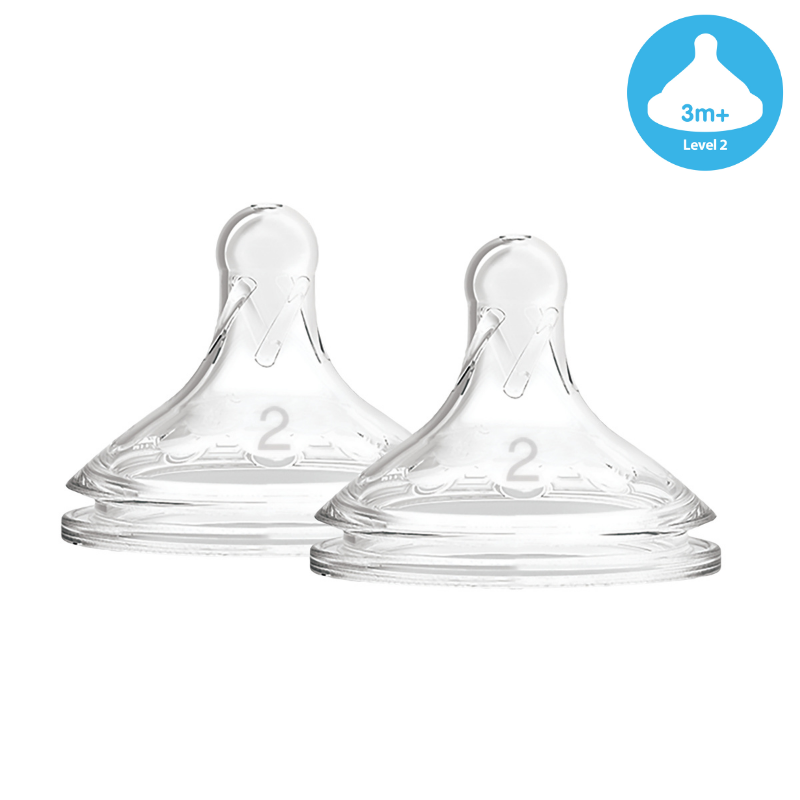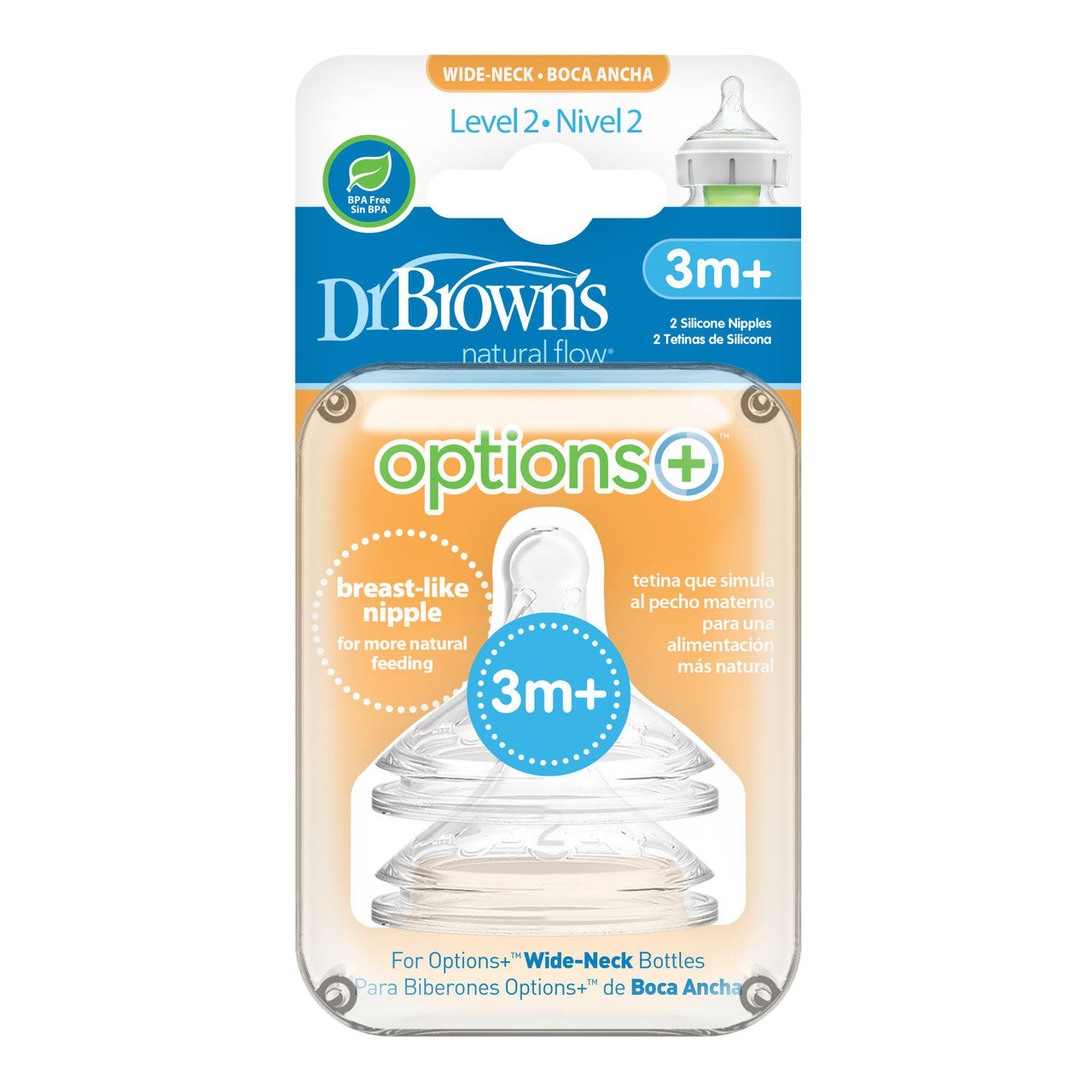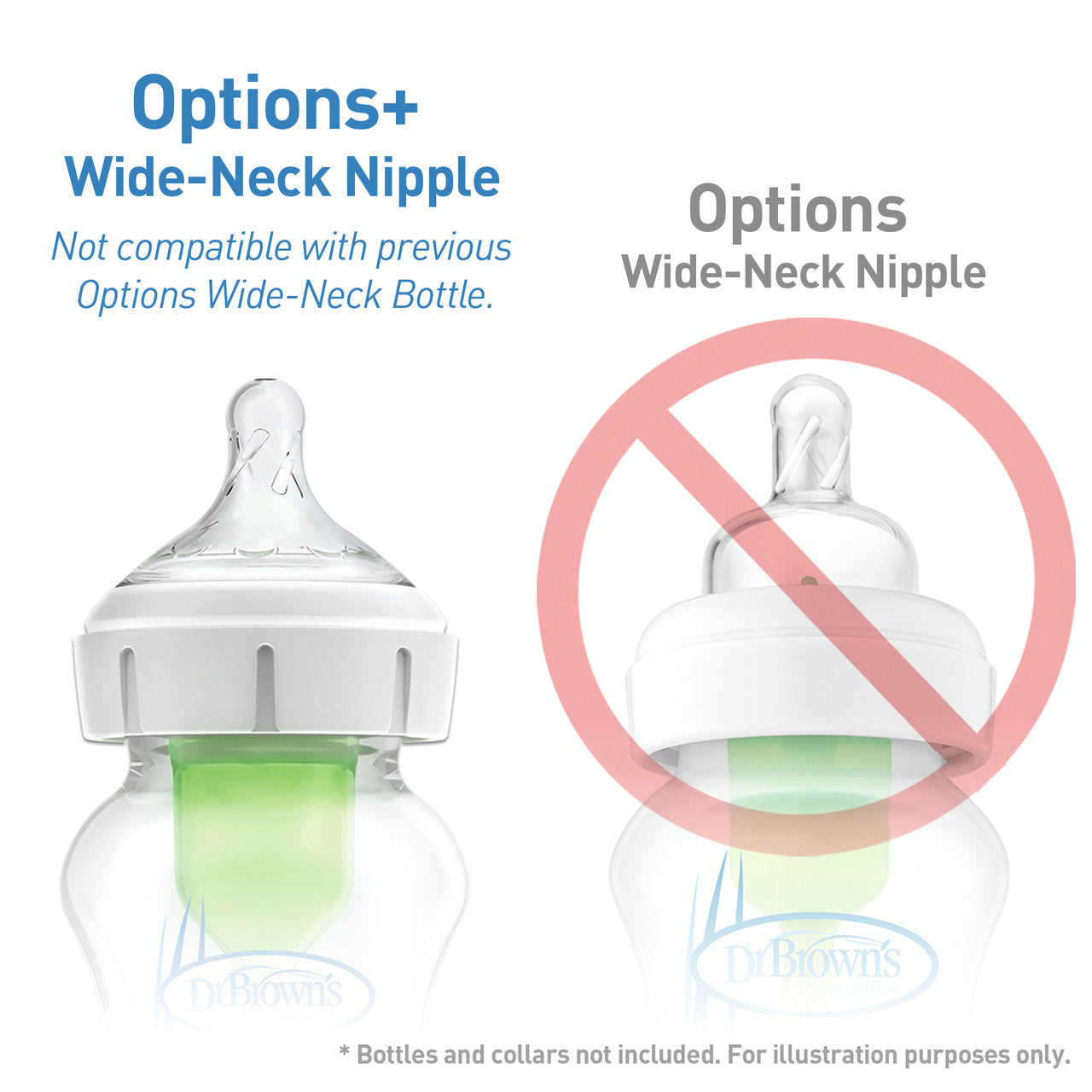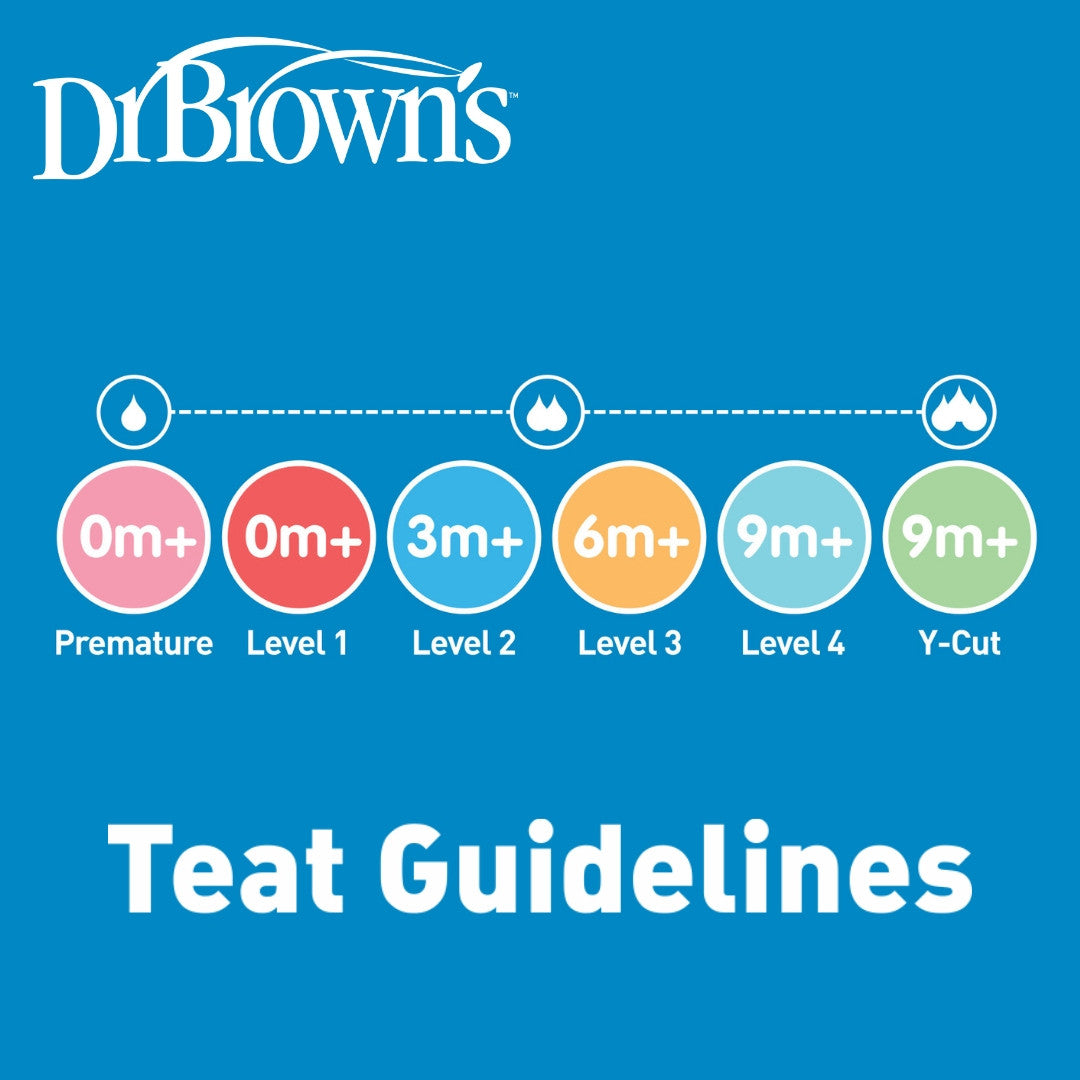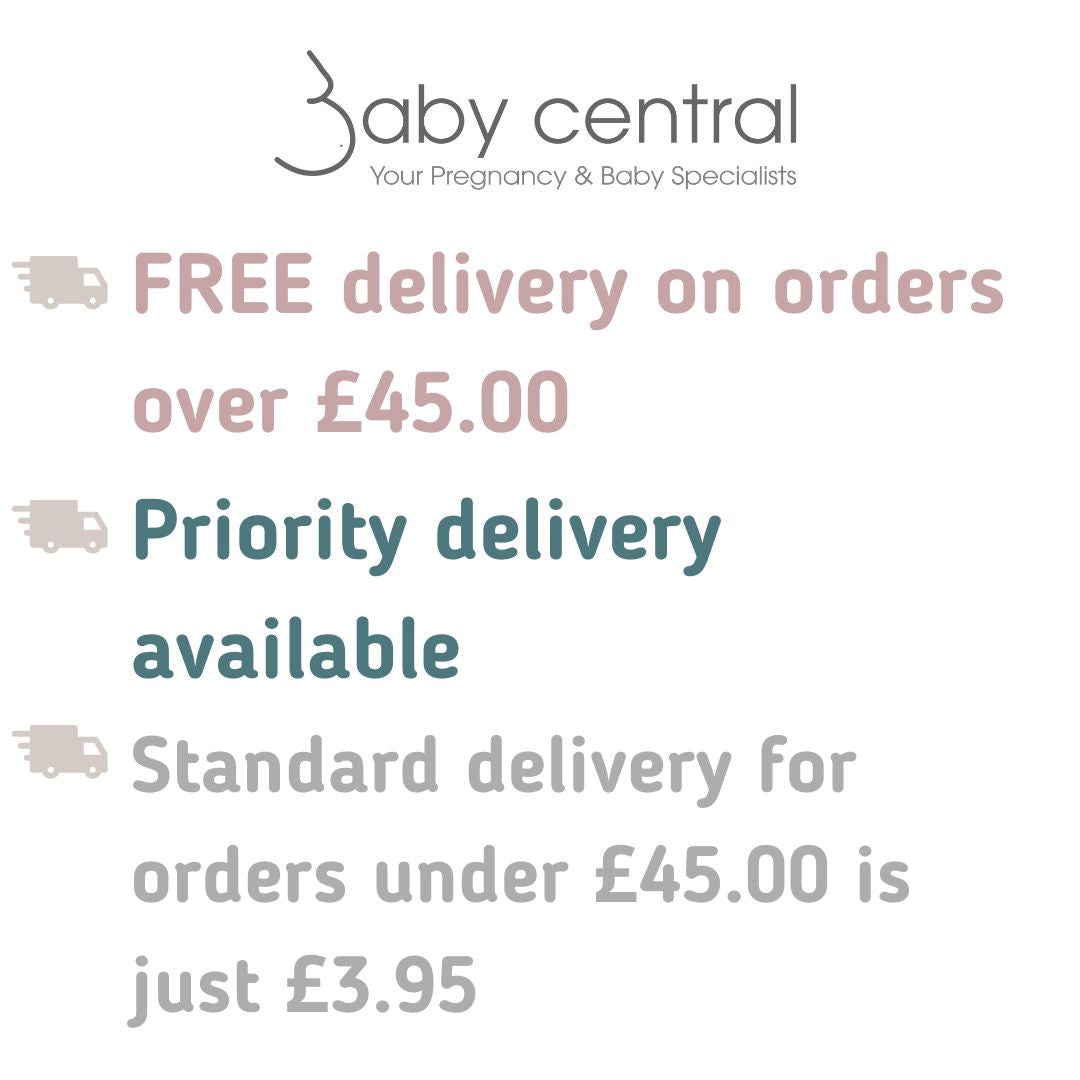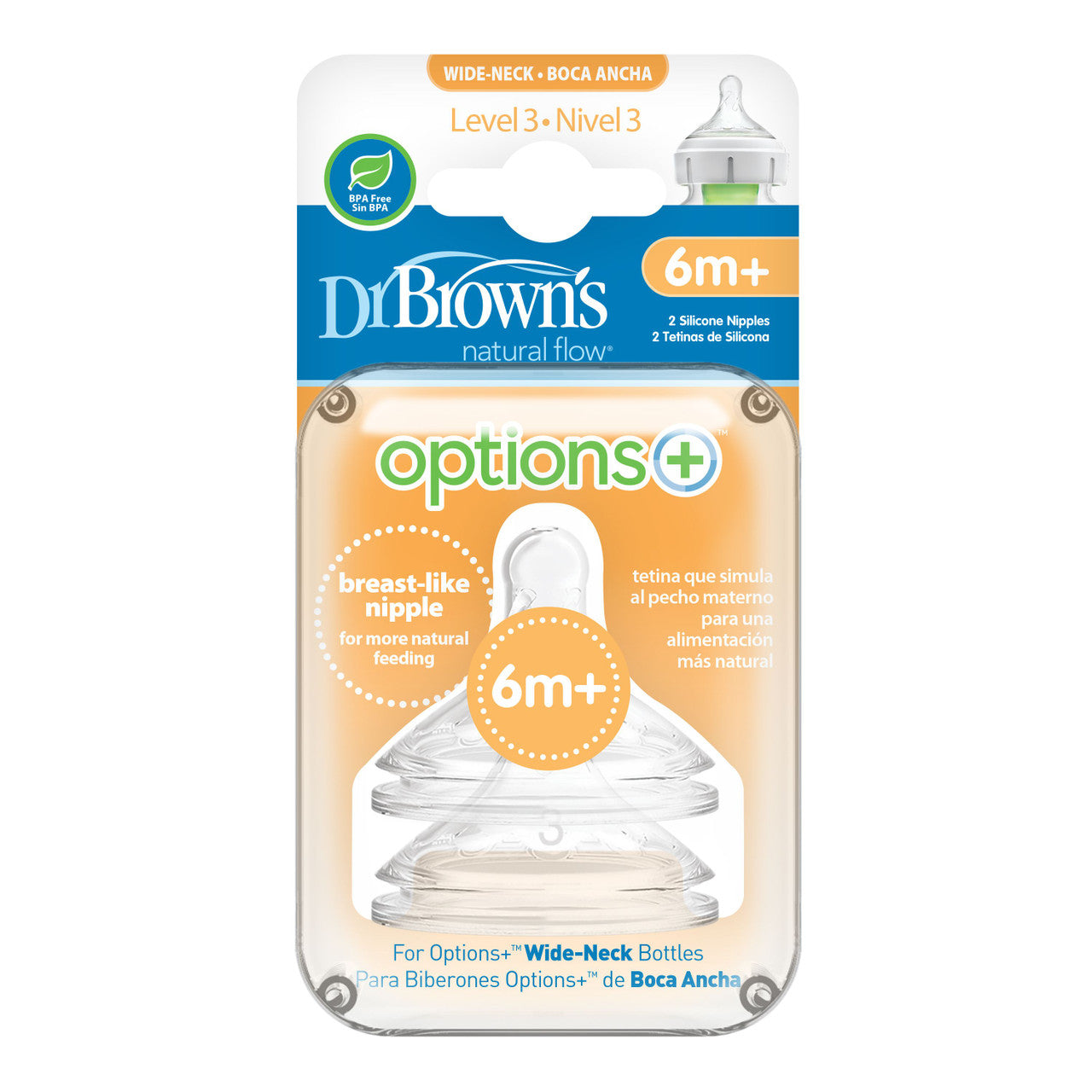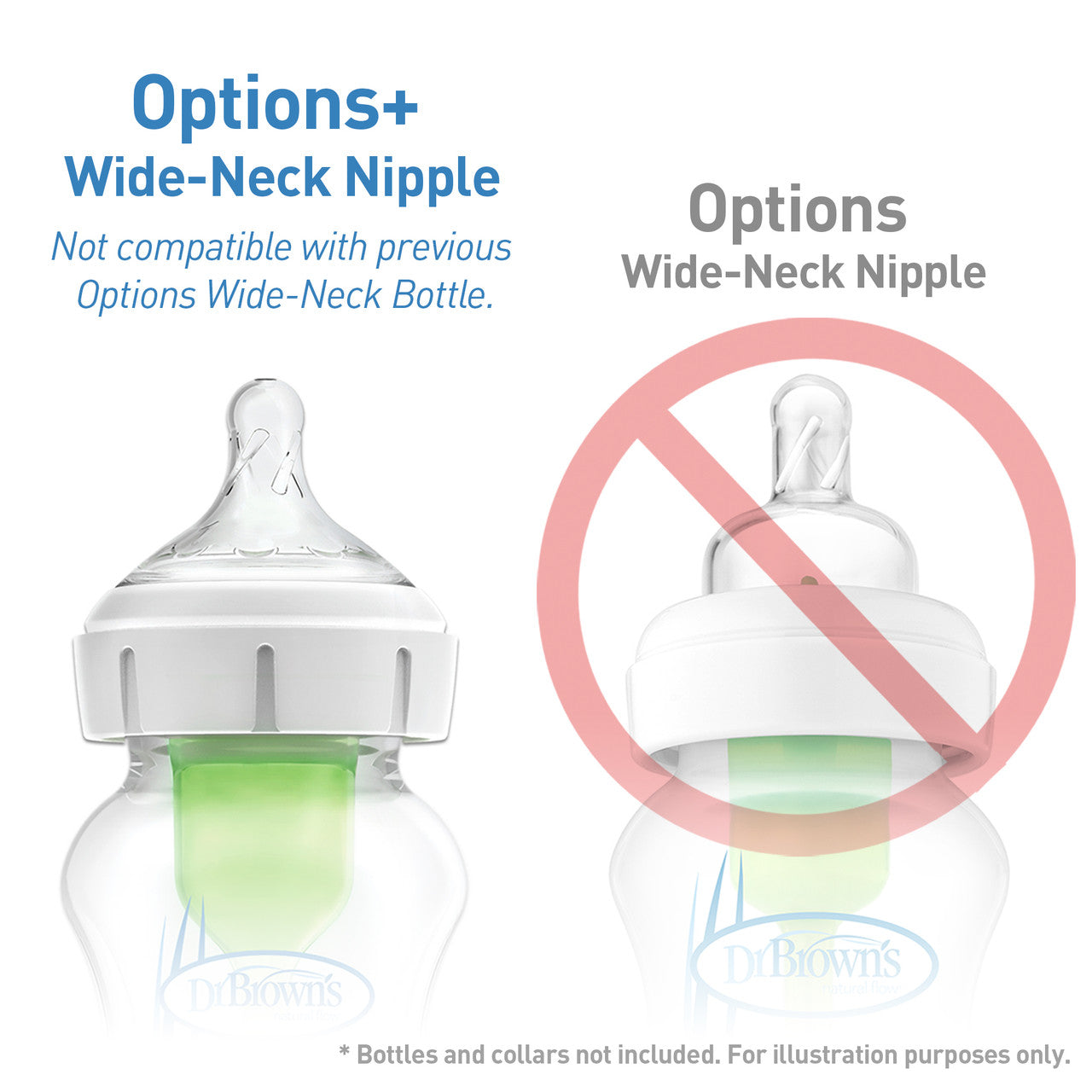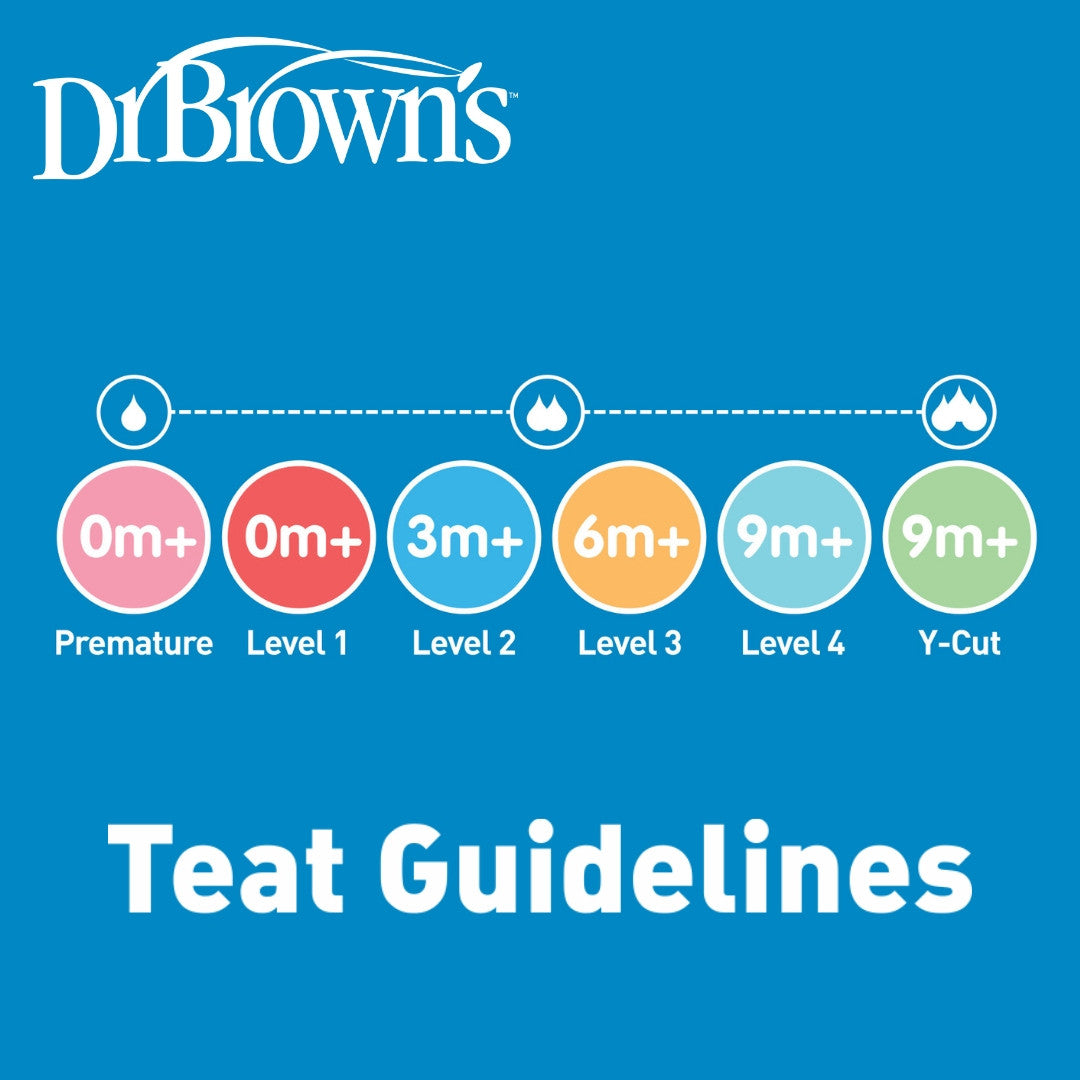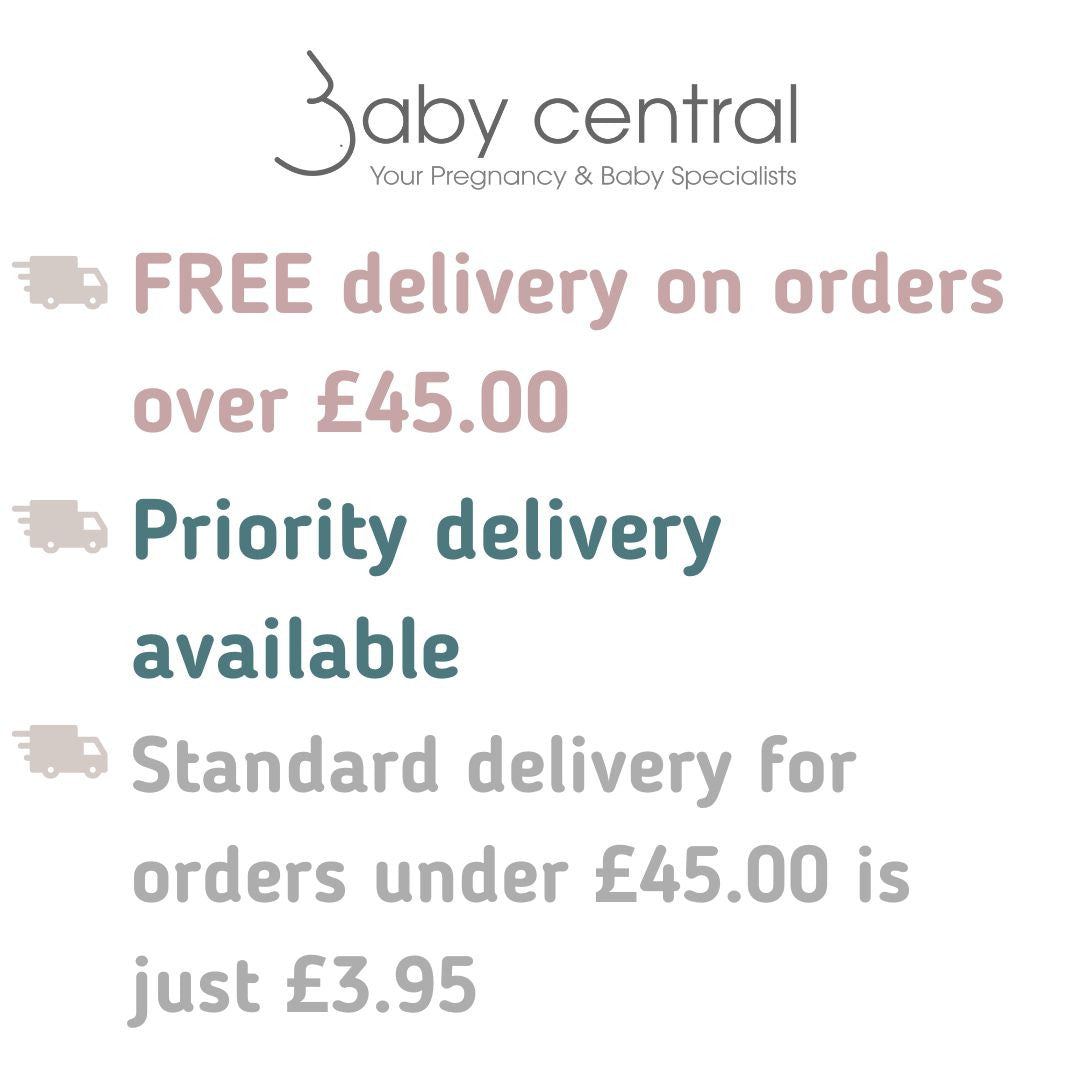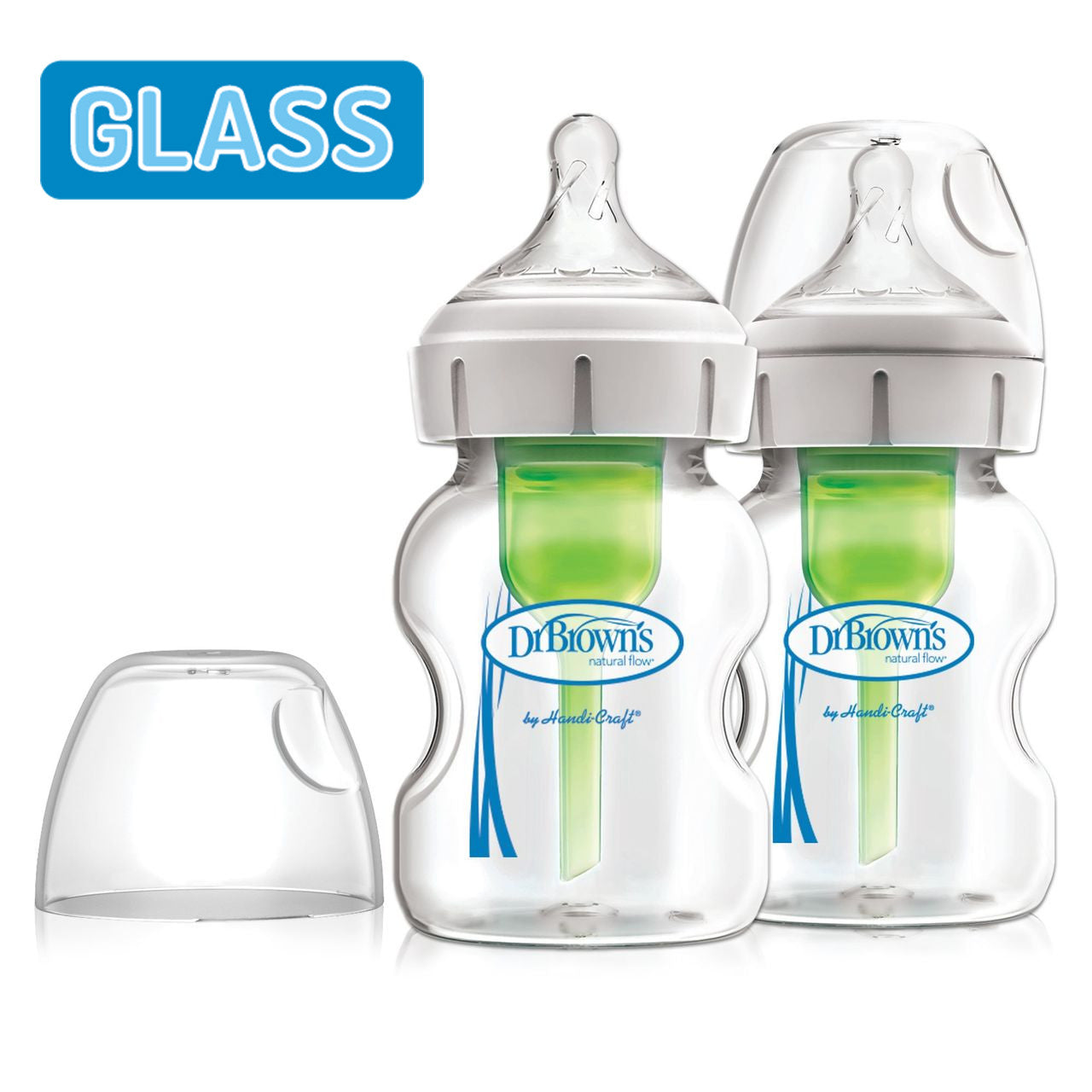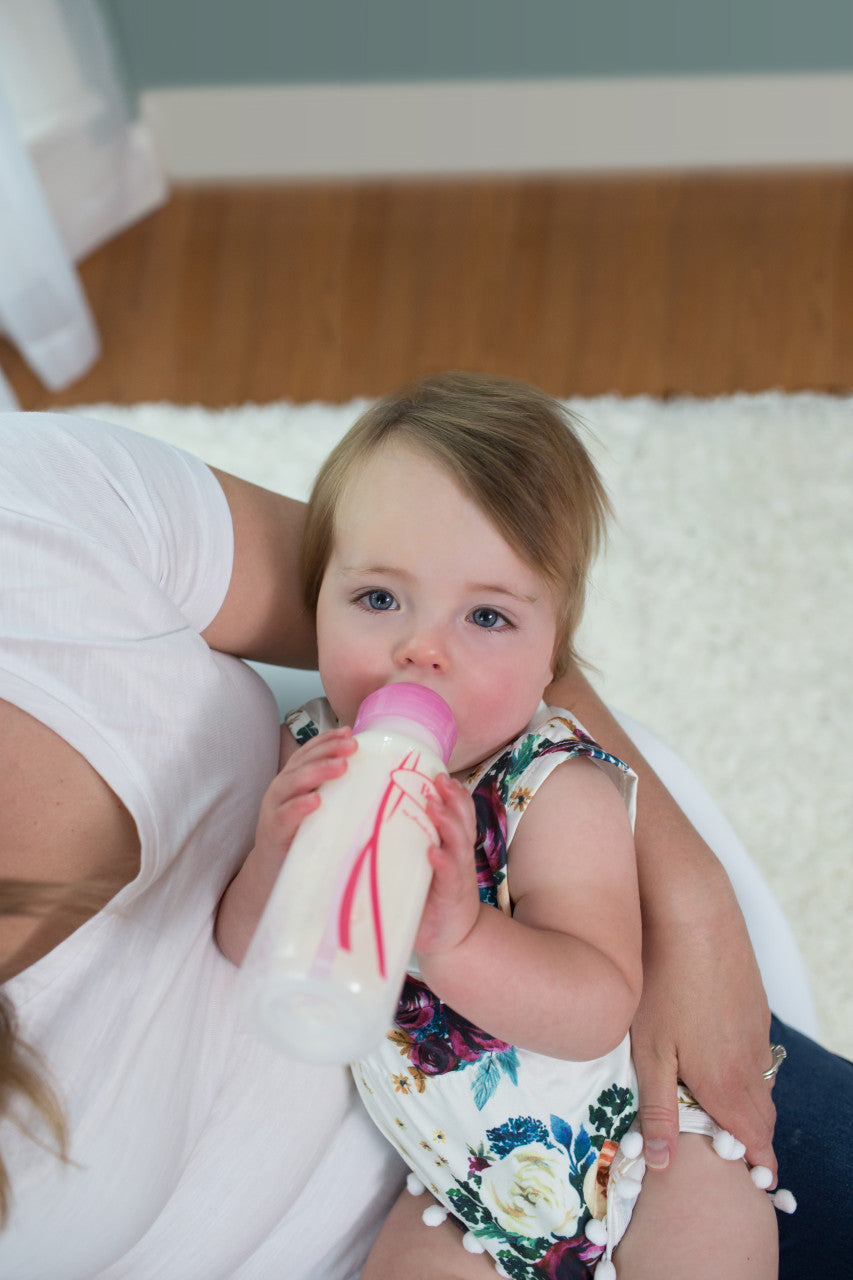
If you are introducing a bottle to your baby's feeding routine, explore the technique of paced feeding to help keep colic symptoms at bay.
Who would have thought that becoming a parent would be such a minefield? Before we enter this journey we assume that all bottles are the same, all babies sleep well and that the style of feeding would make very little difference! However, the reality is that all babies are completely different and the reason there are so many recommendations and pieces of advice out there, is because not one size can suit all.
One of the last things we ever expect or want for our baby is for them to be suffering from the symptoms of colic. And when they are suffering the discomfort, we will try everything we can to help them to be more settled.
A simple change to your feeding routine could make a lot of difference if your baby is suffering and the style we would recommend here at Dr. Brown's UK is Paced Feeding.
Paced feeding is a method that can promote better feeding habits and reduce the risk of issues such as overfeeding, wind, and spit-up (all commons symptoms of colic). In this guide, we will explore the benefits of paced feeding and how you can implement this technique with your little one to help them to become more settled.
What is Paced Feeding?
Paced feeding is the term for a bottle feeding technique that mimics the natural breastfeeding process. This method helps babies to regulate their intake, preventing them from consuming too much milk too quickly.
By pacing the feeding, you can better respond to hunger cues and avoid overfeeding, which can make a baby uncomfortable! It is also a great option for helping to transition from breast to bottle, or combi-feed.
What are the Benefits of Paced Feeding?
By slowing down the feeding process with a paced feeding technique, babies have the opportunity to recognise when they are full, and this helps them to self-regulate their appetite a little better. This can help prevent issues such which can be caused by overfeeding, such as wind, and spit-up, which are also signs of colic.
Paced feeding can also be a fantastic option for helping to transition between breast and bottle feeding. By mimicking the natural sucking rhythm of breastfeeding, paced feeding can help babies maintain their breastfeeding skills while also being able to take a bottle when needed.
How to Paced Feed
To paced feed your baby, hold the bottle in a horizontal position, allowing the milk to fill the nipple.
Tilt the bottle slightly downward to control the flow of milk, pausing every few sucks to give your baby a chance to swallow and breathe. Watch for cues that your baby is full, such as turning away from the bottle or losing interest in feeding.
Remember to burp your baby frequently during paced feeding (and other feeding techniques) to help release any trapped air and prevent discomfort.
It may take some practice to master the technique, but with patience and consistency, you can successfully introduce paced feeding into your bottle feeding routine.
While colic can be caused by multiple factors, paced feeding is a simple and effective way to help provide relief. If your baby continues to struggle with sympoms when feeding please check in with a healthcare professional to find any causes and talk through your concerns.

